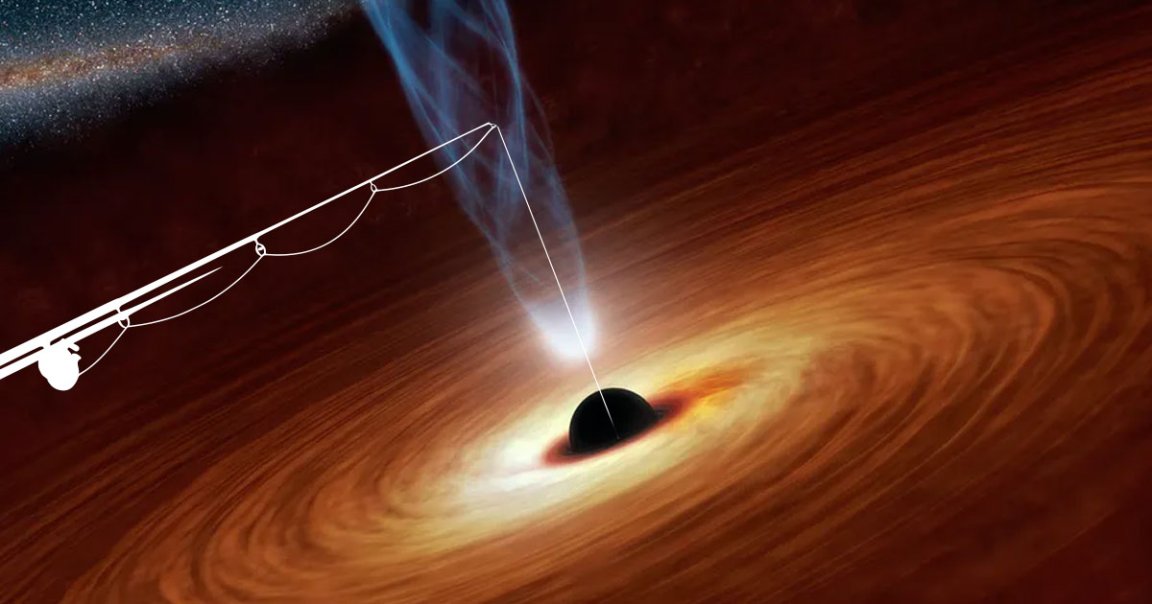
Revisiting Classics
In 1969, the physicist Roger Penrose theorized that spacefaring civilizations could generate power by dangling objects into a black hole.
For decades, the idea was impossible to test because we have no way of traveling to a black hole — or even surviving the journey. But now a team from the University of Glasgow say they’ve verified the theory with a few modifications, according to research published Monday in the journal Nature Physics.
It won’t help us generate power here on Earth, but it’s a fascinating illustration of a long-thought-impossible theory.
Close Enough
An object dipped into the outer reaches of a black hole’s event horizon would essentially charge negative energy, a Glasgow press release explains. By cutting the object loose, some of that energy could be harvested as recoil.
In 1971, physicist Yakov Zel’dovich suggested testing the idea by bouncing twisted light waves off of a cylinder rotating 1 billion times per second.
That’s too fast to be possible — so instead, the the researchers instead measured the doppler effect of twisted sound waves bouncing off a spinning disk.

Doppler Effect
As they altered the pitch of the sound waves, it also increased the amplitude of the sound, meaning the sound waves were borrowing energy from the disk just like the dangling object would from a black hole’s gravity.
It’s not free electricity — the team still needs to power the spinning disk — but it’s long-overdue validation for a controversial theory.
READ MORE: Experiment confirms 50-year-old theory describing how an alien civilization could exploit a black hole [University of Glasgow]
More on black holes: Astronomers Find Nearest Black Hole to Earth, and It’s Strange